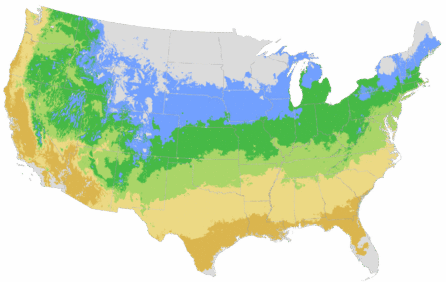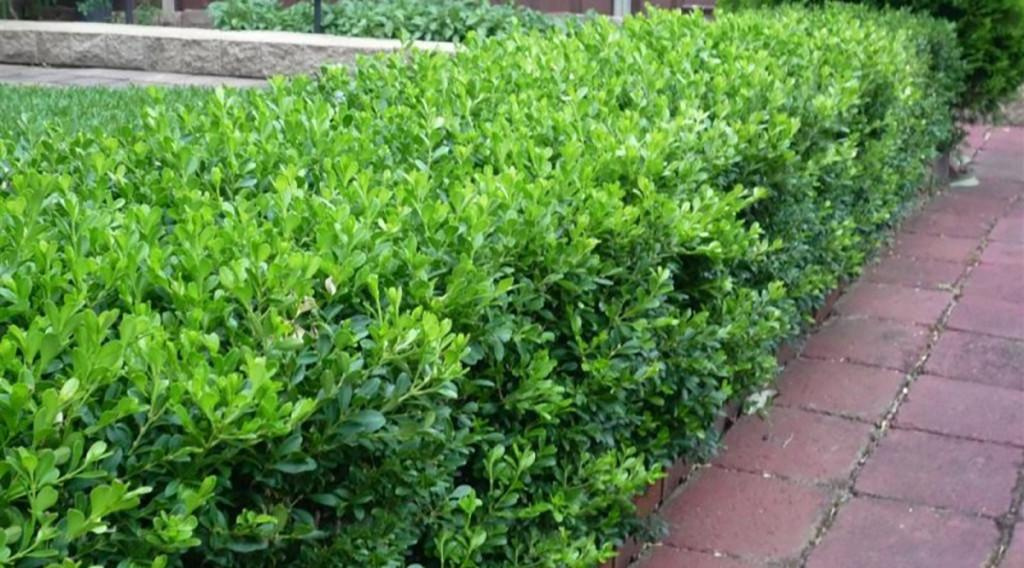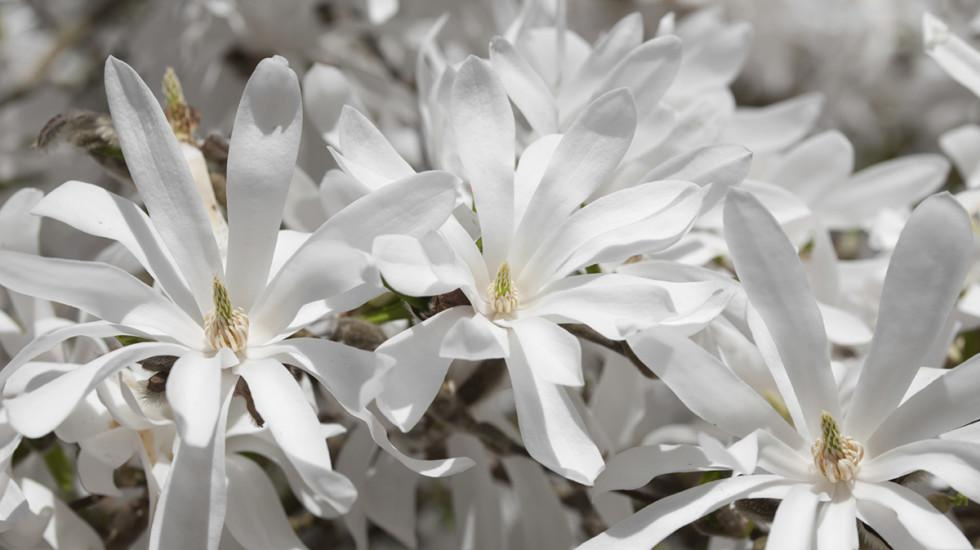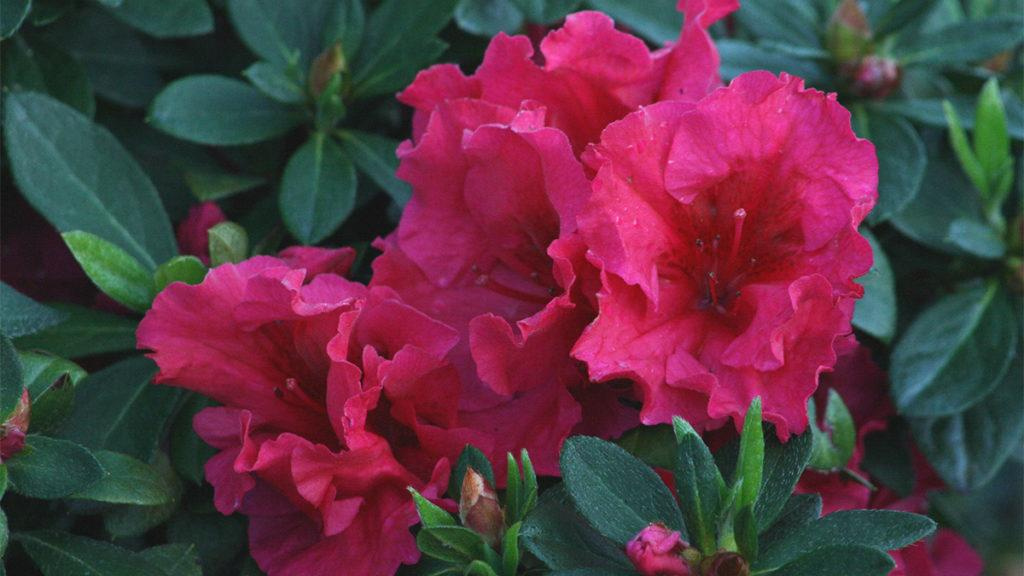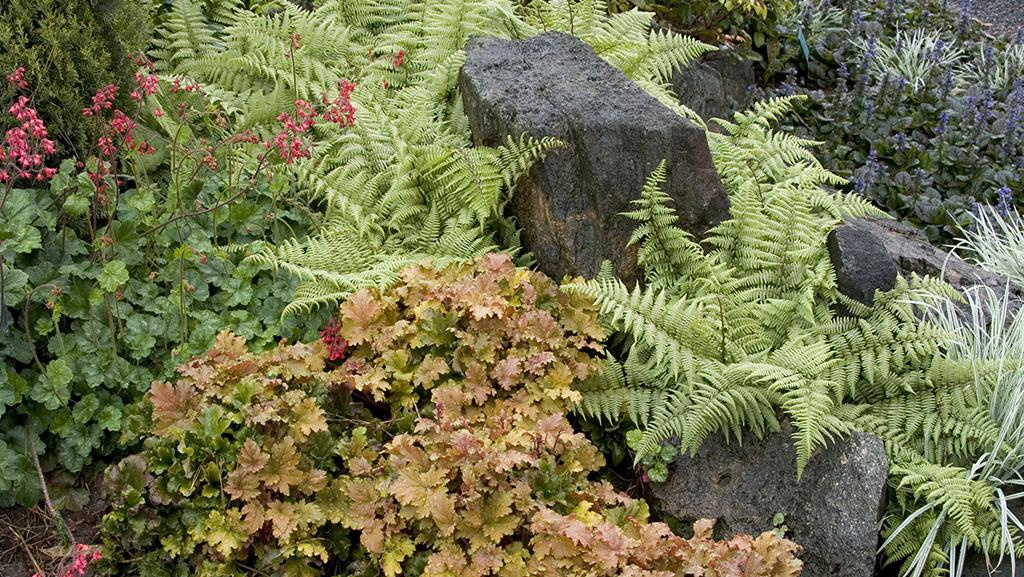You're growing in this Zip Code:
Change LocationDiscover Plants for Your Area
Oregon Grape
Mahonia aquifolium
Retailers Near You
| Description | An excellent, easy-care, evergreen shrub for mass planting as a screen or as a single colorful accent. Spiny foliage emerges with bronze-red coloring, turns green as it matures, and develops a purple-red coloring in the winter. Brilliant yellow flowers in spring are followed by deep blue berries in fall. Plant two or more for best berry production. |
|---|---|
| Bloom Time | Spring |
| Deciduous/Evergreen | Evergreen |
| Special Features | Easy Care, Showy Fruit, Non-toxic to Cats and Dogs, Edible, North American Native, Benefits Birds |
| Problems/Solutions | Deer Resistant, Erosion Control, Rabbit Resistant |
| Growth Rate | Moderate |
| Growth Habit | Upright |
| Flower Attributes | Fragrant, Showy Flowers |
| Landscape Use | Border, Container, Hedge, Accent |
| Design Ideas | This valuable Western native is at home under the high canopies of the pine and fir forests of its home range on the Pacific Coast. A very appropriate plant for natural wild gardens in the Western states, where it is reliably deer resistant. Tall and thin, it is perfect for very narrow spaces at tight gateways and side yards. Often planted hedge-style against fences and walls, but may be used as a freestanding hedge in narrow slots between driveways. Blends into plantings of acid-loving shrubs and trees. Fills odd spots and covers water pipe valves and utility boxes. A common plant in both drought-resistant and Western native landscapes. Works well in Japanese gardens. |
| Flower Color | Yellow |
| Foliage Color | Green |
| Companion Plants | Sweetspire (Itea); Azalea (Azalea); Iris (Iris); Clethra (Clethra); Fothergilla (Fothergilla) |
| Care Instructions | Thrives in humus-rich, evenly moist, well-drained soils; tolerates sandy sites and clay. Shelter from drying winds and harsh sun in hot southern regions. Water deeply, regularly in first growing season to establish root system. Feed in spring. Slowly spreads; prune suckers promptly, unless naturalizing is desired. |
| History | This evergreen shrub is native to North America, specifically to conifer forests and rocky woodlands of the Pacific Northwest, from British Columbia to northern California. This species was previously classified under the genus Berberis, and is synonymous with Berberis aquifolium. |
| Lore | The genus name Mahonia honors American horticulturist Bernard McMahon (1775-1816). Mahonia aquifolium is knownby many different common names including Oregon grape, hollygrape or grapeholly. The slightly fragrant flowers are the state flower of Oregon. They are followed by clusters of edible berries that are not particularly tasty when eaten fresh, but can be used to make jellies and preserves. |
| Description | An excellent, easy-care, evergreen shrub for mass planting as a screen or as a single colorful accent. Spiny foliage emerges with bronze-red coloring, turns green as it matures, and develops a purple-red coloring in the winter. Brilliant yellow flowers in spring are followed by deep blue berries in fall. Plant two or more for best berry production. |
|---|---|
| Bloom Time | Spring |
| Deciduous/Evergreen | Evergreen |
| Special Features | Easy Care, Showy Fruit, Non-toxic to Cats and Dogs, Edible, North American Native, Benefits Birds |
| Problems/Solutions | Deer Resistant, Erosion Control, Rabbit Resistant |
| Growth Rate | Moderate |
| Growth Habit | Upright |
| Flower Attributes | Fragrant, Showy Flowers |
| Landscape Use | Border, Container, Hedge, Accent |
|---|---|
| Design Ideas | This valuable Western native is at home under the high canopies of the pine and fir forests of its home range on the Pacific Coast. A very appropriate plant for natural wild gardens in the Western states, where it is reliably deer resistant. Tall and thin, it is perfect for very narrow spaces at tight gateways and side yards. Often planted hedge-style against fences and walls, but may be used as a freestanding hedge in narrow slots between driveways. Blends into plantings of acid-loving shrubs and trees. Fills odd spots and covers water pipe valves and utility boxes. A common plant in both drought-resistant and Western native landscapes. Works well in Japanese gardens. |
| Flower Color | Yellow |
| Foliage Color | Green |
| Companion Plants | Sweetspire (Itea); Azalea (Azalea); Iris (Iris); Clethra (Clethra); Fothergilla (Fothergilla) |
| Care Instructions | Thrives in humus-rich, evenly moist, well-drained soils; tolerates sandy sites and clay. Shelter from drying winds and harsh sun in hot southern regions. Water deeply, regularly in first growing season to establish root system. Feed in spring. Slowly spreads; prune suckers promptly, unless naturalizing is desired. |
|---|
| History | This evergreen shrub is native to North America, specifically to conifer forests and rocky woodlands of the Pacific Northwest, from British Columbia to northern California. This species was previously classified under the genus Berberis, and is synonymous with Berberis aquifolium. |
|---|---|
| Lore | The genus name Mahonia honors American horticulturist Bernard McMahon (1775-1816). Mahonia aquifolium is knownby many different common names including Oregon grape, hollygrape or grapeholly. The slightly fragrant flowers are the state flower of Oregon. They are followed by clusters of edible berries that are not particularly tasty when eaten fresh, but can be used to make jellies and preserves. |
Retailers Near You
About Us
We have been pioneers and craftsmen in the art of growing plants for nearly
100 years. Since our founding in Southern California by Harry E. Rosedale, Sr.
in 1926, we have been absolutely dedicated and obsessed with quality.
We have been pioneers and craftsmen in the art of growing plants for nearly 100 years. Since our founding in Southern California by Harry E. Rosedale, Sr. in 1926, we have been absolutely dedicated and obsessed with quality.




